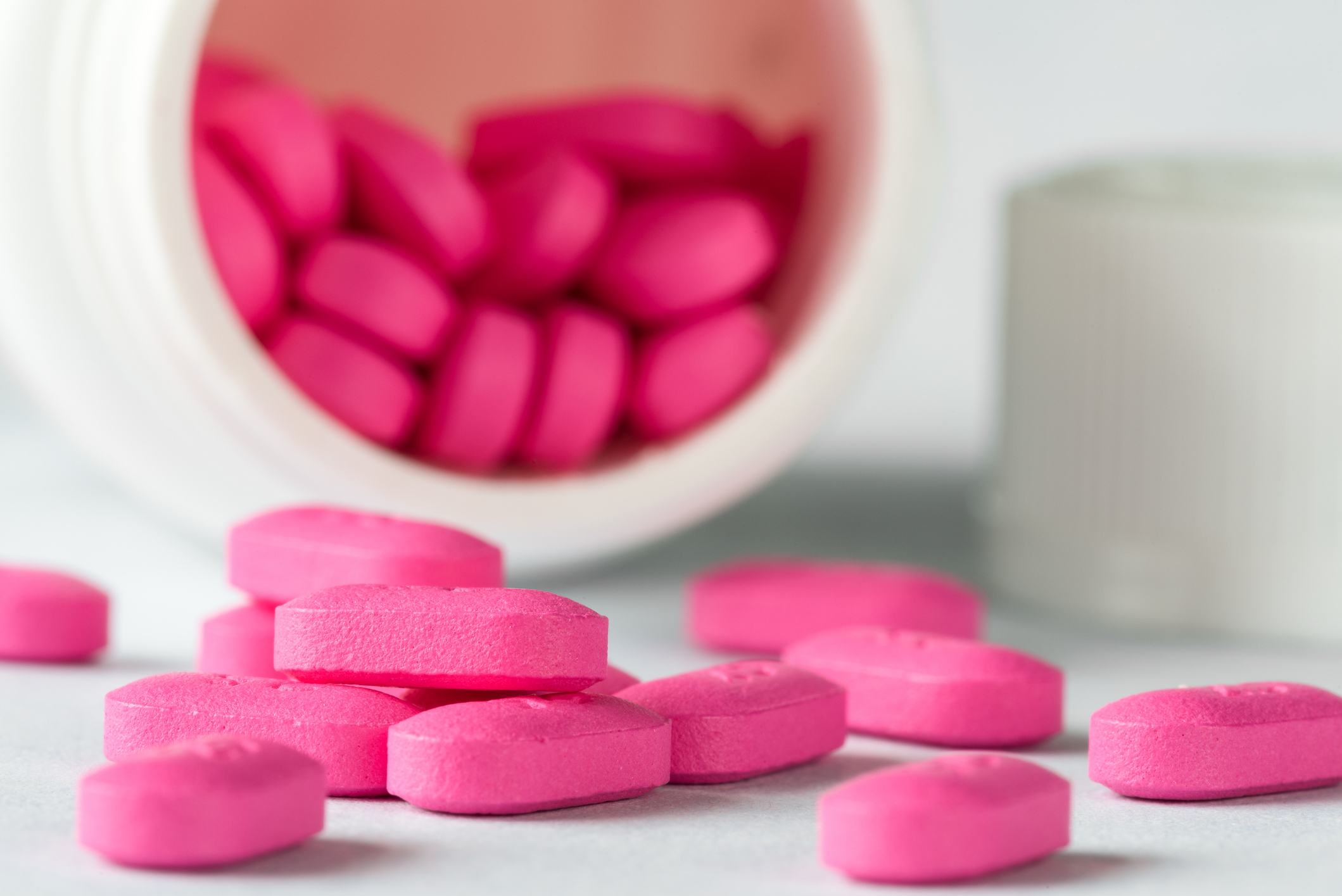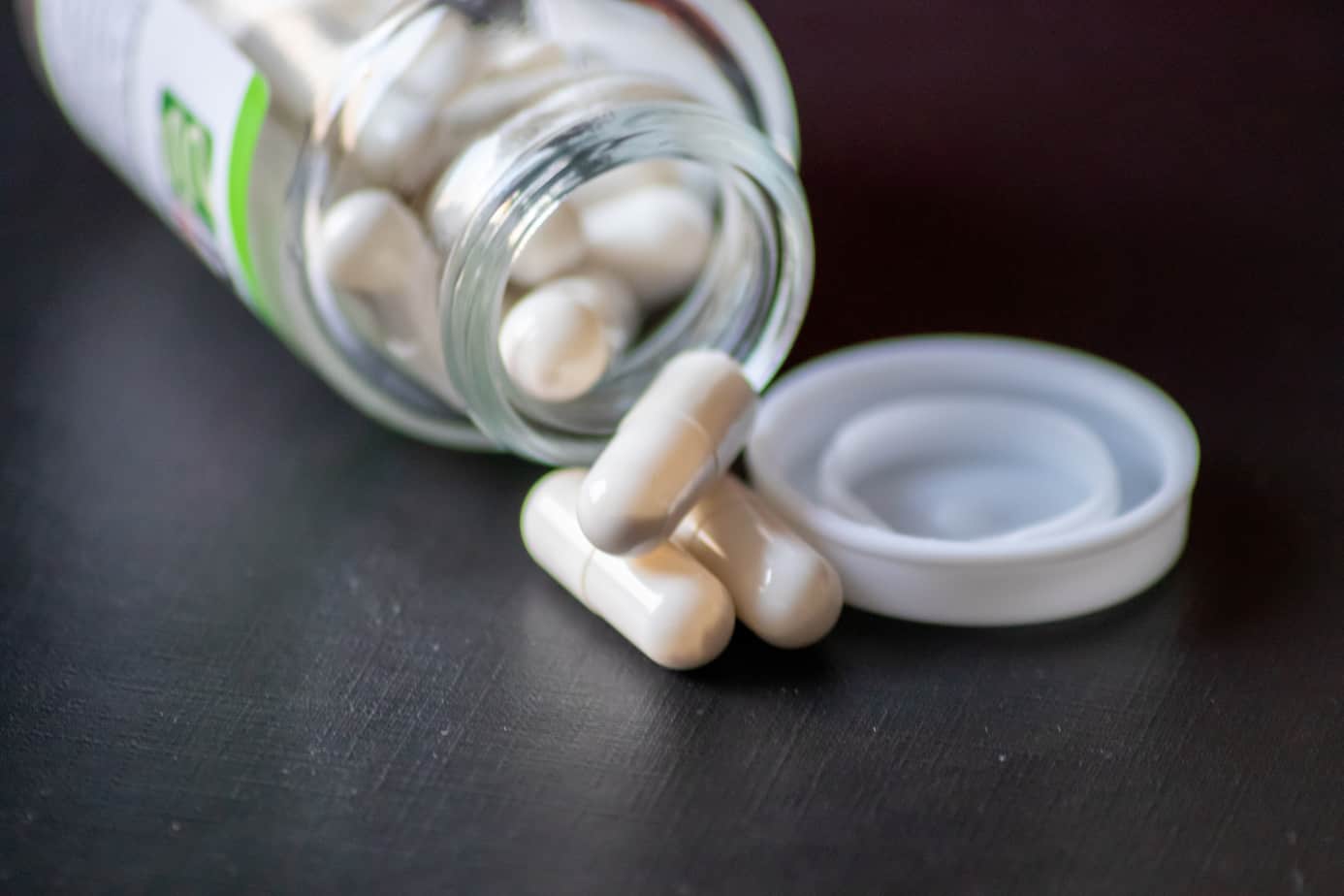What is Fentanyl?
Fentanyl is one of the strongest opioids on the market today with its strength surpassing that of heroin by 50 times. The manmade drug has a rapid onset and acts quickly, Fentanyl use is intended for medication used during surgical aftercare or for breakthrough pain. This type of pain is when a person who is already on an opioid for chronic pain management experiences a flare-up of pain that requires an additional drug, such as fentanyl, for relief.
The opioid can come in a time-release formulation, such as a fentanyl lollipop or fentanyl patch, to provide pain sufferers strong relief over time. Fentanyl can also come in the form of a small film that dissolves under the tongue, a pill taken in a person’s cheek, and as an injection with a fentanyl prescription.
On the street, fentanyl has been found mixed into other illicit drugs such as cocaine, methamphetamine, and heroin to increase potency. There are even counterfeit fentanyl-laced pills appearing all over the US that contain deadly amounts of the drug. The substance comes in a white to light brown colored powder, making it difficult to identify. There are several reasons why dealers are mixing fentanyl into their drug supplies more and more frequently:
- To make their supply go further for cheaper
- Expand their clientele to include fentanyl addicts
- Increase the addictiveness of their product for existing clientele
Why is Fentanyl a Growing Concern?
Misusing fentanyl is highly dangerous, as the difference between a therapeutic dose and a deadly dose is minute. Fentanyl works by binding to the body’s opioid receptors, which are found in areas of the brain that control pain and emotions. As with any opiate, fentanyl triggers the receptors to produce feelings of euphoria that can quickly lead to fentanyl addiction as the person desperately tries to chase that initial high.
Individuals who don’t steal the powerful narcotic from hospitals or nursing homes, which is a common practice, purchase it on the streets. Illicit fentanyl is sold on the streets in the form of a powder, spray, pill, or on blotter paper placed in the mouth and absorbed quickly through the mucous membrane.
Fentanyl can also act as a substitute for heroin, or be mixed with it, which has led to many fatal overdoses because drug users did not realize they had consumed the dangerous narcotic. Some users also combine fentanyl and alcohol, which both depress the central nervous system. Between 2020 and 2021, nearly 79,000 people between 18 and 45 years old died of fentanyl overdoses, according to the Families Against Fentanyl organization.
Fentanyl’s potency can be so strong that one dose as small as a few grains of salt can be deadly. The drug can also be absorbed through the skin and inhaled if it becomes airborne. This has left law enforcement to carry the anti-overdose spray Narcan (naloxone) to save not only victims of fentanyl but themselves from accidental exposure to the drug. Naloxone is now available for free in many states, and anyone can now buy it over the counter at a pharmacy. A person can carry Narcan with them to help in the event of an opioid or fentanyl overdose.
What Are the Side Effects of Fentanyl Addiction?
Upon ingesting the substance, fentanyl causes a brief euphoria followed by negative side effects. Depending on the frequency of use, the short-term effects can range from mild to severe including:
- Euphoria
- Nausea
- Vertigo
- Disorientation
- Difficulty urinating
- Respiratory depression
- Uncontrollable shaking
- Diarrhea
Chronic fentanyl use can cause several long-term effects including:
- Anxiety
- Depression
- Cardiac disorders
- Weakened immune system
- Brain damage
- Gastrointestinal distress
Addiction specialist Randall Dwenger shares, “The respiratory-depressant effect is largely responsible for the high number of fatalities associated with fentanyl – people stop breathing, oxygen can no longer get to their brains, and they will die if not immediately revived.”
What Does a Fentanyl Overdose Look Like?
A fentanyl overdose can have severe and potentially life-threatening consequences. Because Fentanyl is a powerful synthetic opioid that is significantly stronger than other opioids such as heroin and morphine, it carries a much higher potential for overdose.
The symptoms of a fentanyl overdose can vary depending on the individual and the amount of the drug taken. Common signs include:
- Extreme drowsiness
- Slow and shallow breathing
- Pinpoint pupils
- Confusion
- Unconsciousness
In some cases, a person experiencing a fentanyl overdose may also exhibit blue lips or fingertips, choking or gurgling sounds, and a weak pulse. It is important to note that these symptoms can develop rapidly, and immediate medical attention is crucial to prevent fatal outcomes.
What to Do After an Overdose?
On average, only 2 milligrams of fentanyl are considered to be lethal. But the risk increases based on other factors such as if other substances were taken, if the person’s tolerance is low, and overall physical health. When a toxic amount of fentanyl enters the body, the person will overdose and likely experience severe symptoms such as irregular heart rate, vomiting, coma, and seizures.
Naloxone (Narcan), an opioid antagonist, is a medication that binds to the opiate receptors and reverses and blocks the effects of fentanyl or other opiates. It can restore normal breathing (reverses respiratory depression) within 2-3 minutes. When someone’s breathing drops below 12 breaths a minute, they can suffer an anoxic brain injury. For fentanyl and other highly potent opioids, Naloxone may need to be administered more than once to reverse the overdose.
Although naloxone is the emergency treatment for fentanyl overdose, it is important that someone who suffers – and survives – an opioid overdose still receives immediate treatment from medical professionals. The half-life of Naloxone is only 30-90 minutes, so people need to be closely monitored to assure they don’t re-experience overdose symptoms after the Naloxone wears off.
How Does Fentanyl Treatment Work?
No matter how severe someone’s fentanyl addiction is, recovery is possible. The first step would be to medically detox, as detoxing from opioids alone can be highly dangerous. They will likely go through fentanyl withdrawal and experience symptoms including muscle aches, diarrhea, vomiting, drug cravings, insomnia, chills, and more. During this time, medical professionals will monitor vitals and keep the individual as comfortable as possible.
Once physical dependence subsides, there are other underlying issues that need to be addressed. Going on to receive clinical treatment is strongly encouraged to uncover the root of the addiction and change the thinking and behaviors associated with fentanyl use. Some treatment centers, like Mountainside, offer Medication Assisted Treatment (MAT) that combines medication with behavioral therapies to support clients in maintaining long-term recovery. Common medications such as buprenorphine or naltrexone, block opioid receptors, reduce opioid cravings, and prevent relapse.
For some, getting access to medications can be challenging due to geographic location or financial hardship. But there is good news on the horizon as researchers from the University of Houston recently developed a vaccine that blocks the euphoric effects of fentanyl. According to their research, the vaccine can supposedly create anti-fentanyl antibodies that stop the drug from reaching the brain and exiting the body through the kidneys. Although the research is ongoing, this could be a life-changing opportunity for many.
Fentanyl is 50 times stronger than heroin and offers significant pain relief to those who live with severe acute or chronic pain conditions. But it is also capable of causing harmful side effects or death to people who abuse drugs or are accidentally exposed to fentanyl. With the frightening increase in fentanyl overdoses, it is important for people to be informed of the drug’s dangers and to seek help for their addiction.
If you or a loved one is struggling with addiction, Mountainside can help.
Click here or call (888) 833-4676 to speak with one of our addiction treatment experts.

 By
By 








